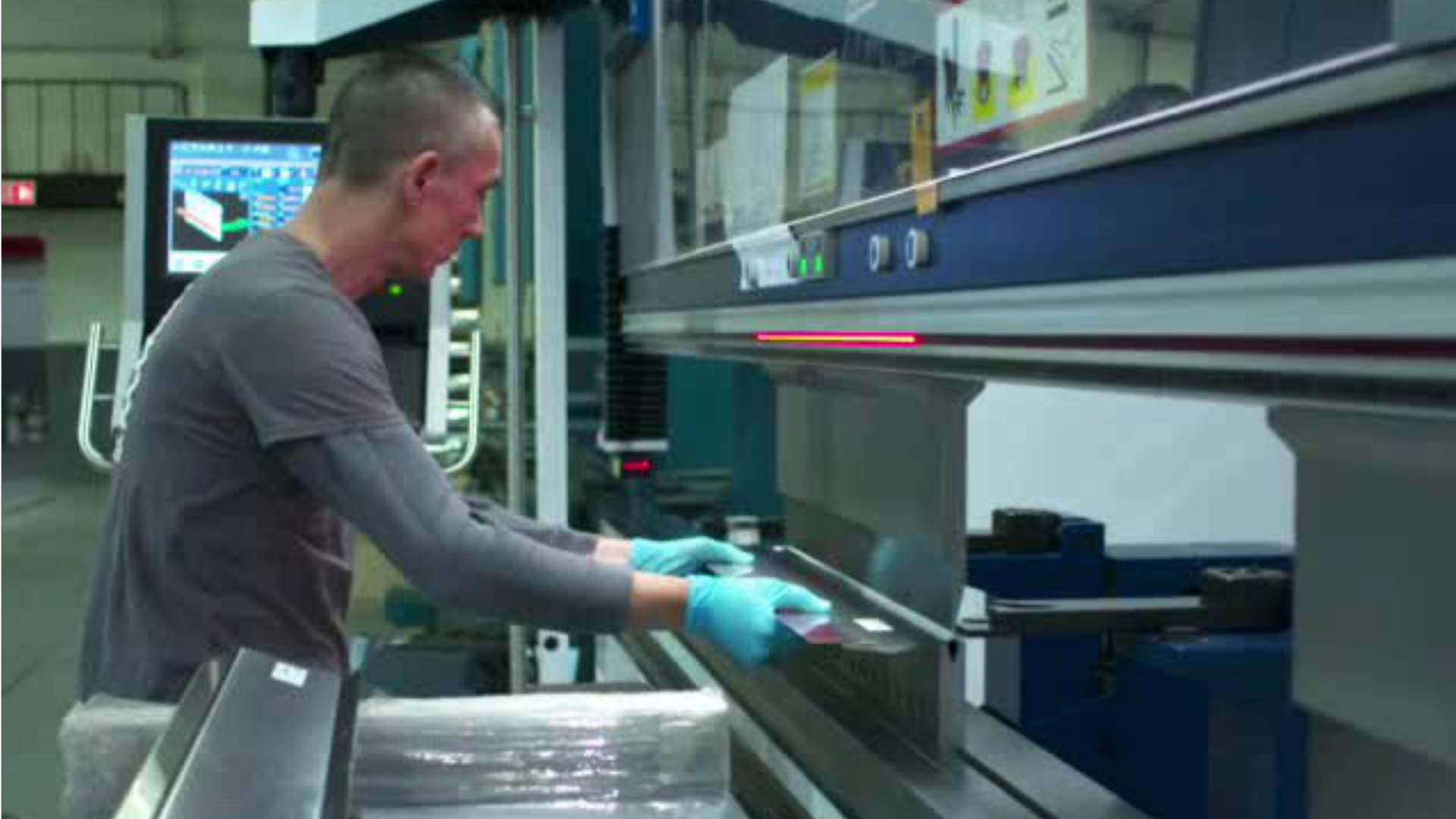Computer Numerically Controlled Tool Operators
CNC Machine Operator (Computer Numerical Control Machine Operator), CNC Machinist (Computer Numerical Control Machinist), CNC Operator (Computer Numerical Control Operator), Machine Operator
What they do:
Operate computer-controlled tools, machines, or robots to machine or process parts, tools, or other work pieces made of metal, plastic, wood, stone, or other materials. May also set up and maintain equipment.
On the job, you would:
- Measure dimensions of finished workpieces to ensure conformance to specifications, using precision measuring instruments, templates, and fixtures.
- Set up and operate computer-controlled machines or robots to perform one or more machine functions on metal or plastic workpieces.
- Mount, install, align, and secure tools, attachments, fixtures, and workpieces on machines, using hand tools and precision measuring instruments.
Knowledge
Math and Science
- arithmetic, algebra, geometry, calculus, or statistics
Manufactured or Agricultural Goods
- manufacture and distribution of products
Engineering and Technology
- mechanical
- product and service development
Arts and Humanities
- English language
Skills
Basic Skills
- keeping track of how well people and/or groups are doing in order to make improvements
- thinking about the pros and cons of different ways to solve a problem
Problem Solving
- noticing a problem and figuring out the best way to solve it
Abilities
Hand and Finger Use
- keep your arm or hand steady
- hold or move items with your hands
Controlled Movement
- quickly change the controls of a machine, car, truck or boat
- change when and how fast you move based on how something else is moving
Ideas and Logic
- notice when problems happen
- order or arrange things
Visual Understanding
- quickly compare groups of letters, numbers, pictures, or other things
Personality
People interested in this work like activities that include practical, hands-on problems and solutions.
They do well at jobs that need:
- Attention to Detail
- Dependability
- Cautiousness
- Achievement Orientation
- Stress Tolerance
- Adaptability
Technology
You might use software like this on the job:
Computer aided design CAD software
- Autodesk AutoCAD
- Dassault Systemes SolidWorks
Video conferencing software
- FaceTime
Computer aided manufacturing CAM software
- 1CadCam Unigraphics
- Vero International VISI-Series
Education
Education: (rated 2 of 5)
high school diploma/GED or
certificate after high school
usually needed
certificate after high school
usually needed
Job Outlook
Below Average
New job opportunities are less likely in the future.
Explore More
- Computer Numerically Controlled Tool Programmers
- Lathe & Turning Machine Tool Setters, Operators, & Tenders, Metal & Plastic
- Machinists
- Milling & Planing Machine Setters, Operators, & Tenders, Metal & Plastic
- Multiple Machine Tool Setters, Operators, & Tenders, Metal & Plastic
You might like a career in one of these industries:
See more details at O*NET OnLine about Computer Numerically Controlled Tool Operators.





